April 19, 2017
Jobs should be redesigned to improve wellbeing 0
 It’s not just the nascent fourth industrial revolution that is challenging our traditional views of work, but also the growing realisation that we could be doing things so much better anyway. The author Douglas Coupland and the World Economic Forum are already holding conversations about the fundamental issues with work and how we go about it. At the heart of this is the very design of jobs and what it means for us and our wellbeing. Only 28 percent of people in the UK are highly satisfied with their jobs, and yet, estimates suggest that an adult in work would spend an average of 57 percent of their waking hours working. A new international study from the University of East Anglia and the What Works Centre for Wellbeing based on a review of 4,000 pieces of research claims to show why organisations often fail to improve staff wellbeing. It suggests that employees should be encouraged to design their own jobs, and find ways to help managers better understand their concerns.
It’s not just the nascent fourth industrial revolution that is challenging our traditional views of work, but also the growing realisation that we could be doing things so much better anyway. The author Douglas Coupland and the World Economic Forum are already holding conversations about the fundamental issues with work and how we go about it. At the heart of this is the very design of jobs and what it means for us and our wellbeing. Only 28 percent of people in the UK are highly satisfied with their jobs, and yet, estimates suggest that an adult in work would spend an average of 57 percent of their waking hours working. A new international study from the University of East Anglia and the What Works Centre for Wellbeing based on a review of 4,000 pieces of research claims to show why organisations often fail to improve staff wellbeing. It suggests that employees should be encouraged to design their own jobs, and find ways to help managers better understand their concerns.





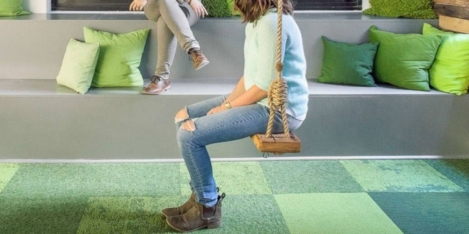
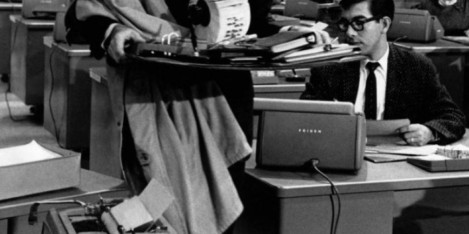

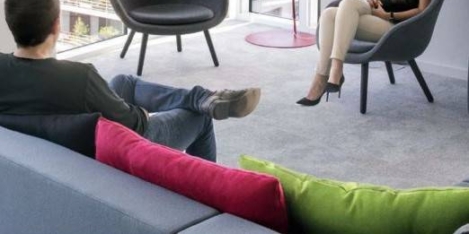
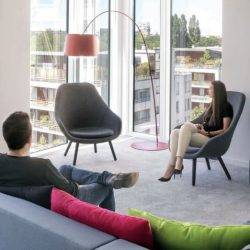

 London’s office workers are looking for shorter commutes, demanding more collaborative and networking opportunities while at work and better access to green space, retail, leisure and wellness; all of which could present a huge opportunity for the less congested outer London boroughs, a new report suggests. According to Savills latest London Mixed Use Development Spotlight, as employers and employees alike demand more from their workplace and their work- life balance, London’s outer boroughs could reap the benefits by providing greater flexible office space and affordable homes at a variety of price points. According to Oxford Economics, employment in sectors that tend to occupy co-working spaces is set to rise by 20,000 people in the outer London boroughs over the next five years, which equates to a gross additional need of 1.6 million sq ft (148,644 sq m) of office space.
London’s office workers are looking for shorter commutes, demanding more collaborative and networking opportunities while at work and better access to green space, retail, leisure and wellness; all of which could present a huge opportunity for the less congested outer London boroughs, a new report suggests. According to Savills latest London Mixed Use Development Spotlight, as employers and employees alike demand more from their workplace and their work- life balance, London’s outer boroughs could reap the benefits by providing greater flexible office space and affordable homes at a variety of price points. According to Oxford Economics, employment in sectors that tend to occupy co-working spaces is set to rise by 20,000 people in the outer London boroughs over the next five years, which equates to a gross additional need of 1.6 million sq ft (148,644 sq m) of office space.
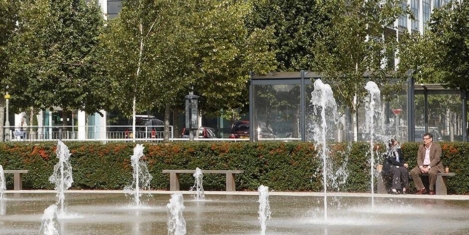
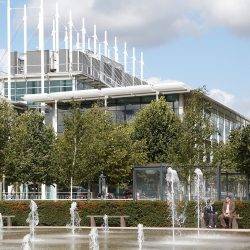

 In this week’s
In this week’s 



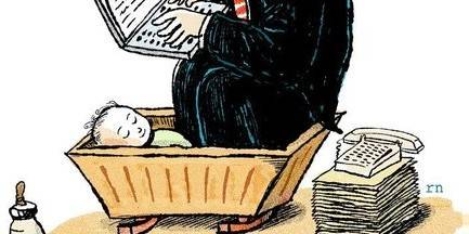
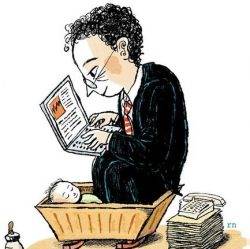 It is two years since the introduction of Shared Parental Leave (SPL), where couples were given the ability to share leave surrounding the arrival of a new addition to their family; and while sharing leave is seen to have a profound beneficial impact for the family, there are still plenty of barriers. According to
It is two years since the introduction of Shared Parental Leave (SPL), where couples were given the ability to share leave surrounding the arrival of a new addition to their family; and while sharing leave is seen to have a profound beneficial impact for the family, there are still plenty of barriers. According to 










